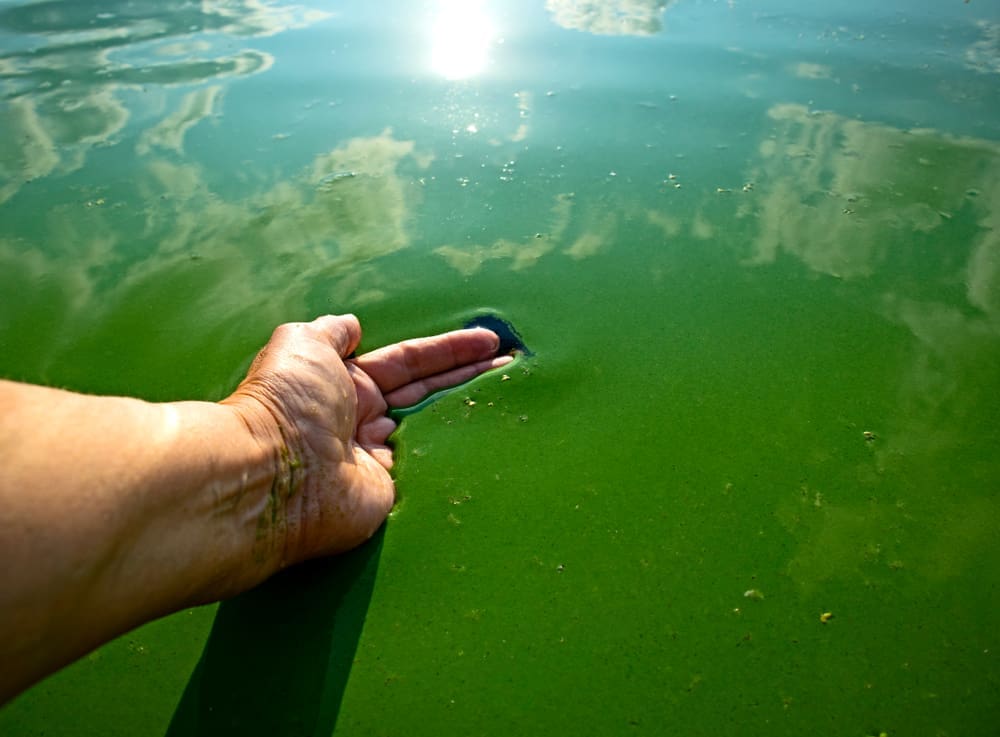RECENT flooding event combined with warmer weather conditions has produced favourable conditions for blue-green algae to thrive in farm water supplies and standing flood water, according to Agricultural Victoria Senior Veterinary Officer Dianne Phillips.
Livestock owners are being urged remain alert, because ingestion of blue-green algae can result in the poisoning of livestock.
“As there is no specific treatment for blue-green algae poisoning, producers should check standing bodies of water and farm water supplies daily for blooms, as this remains the most effective way of preventing stock deaths,” Dr Phillips said.
“Blue-green algal blooms typically appear as surface scum that looks like a suspension of green paint, often with an earthy smell. However, the colour may range from pale green to dark brown,” Dr Phillips said.
Deaths can occur when stock drink toxins produced by the blue-green algae, often when it is concentrated on the down-wind side of a water supply and has formed a dense, surface scum.
Animals that have consumed blue-green algal toxin may appear ill very rapidly, develop a staggering gait, collapse, begin to convulse and die – typically within 24 hours – depending on the toxicity of the bloom and the concentration of the toxin.
Those that don’t die immediately, often suffer from severe liver damage.
This may lead to the development of jaundice (the yellows) or photosensitisation over the next few days.
Livestock that recover from these ailments often suffer from chronic ill-thrift.
If a suspicious bloom is noticed, the water supply should be isolated as quickly as possible, and a safe alternate water supply provided.
“Where possible producers should identify an alternative water supply, prior to their primary source of livestock drinking water being affected by a bloom. There may not be time to identify an alternative water source once the primary water supply is affected,” Dr Phillips said.
“We recommend laboratory testing of the water supply for the presence of blue-green algae and a post-mortem or examination of dead or sick animals by a veterinarian.”
Contaminated water should not be used to irrigate vegetables and fruit or come in contact with plants being grown for food, particularly fruit and vegetables that are mostly eaten raw such as apples, grapes, tomatoes, strawberries, cabbages and other salad greens.
Dr Phillips said dogs are also prone to poisoning as they can swim in farm water supplies and should be kept away from suspect water sources.
Source: Agriculture Victoria. Further information on blue-green contamination in your livestock water supply is available here.
An information note ‘Managing contaminated stock water’ is also available which steps through how to manage flood contaminated stock water supplies.




Would like to apply for goats and sheep grants.
It is a good initiative to combat poverty and unemployment.